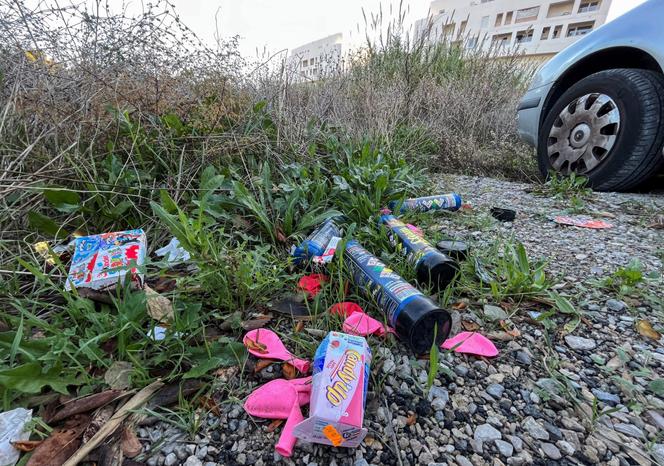


Laughing gas is no laughing matter at France's waste incineration plants. Since the early 2020s, nitrous oxide producers have been marketing ever-larger cylinders. Some are the size of fire extinguishers.
While some restaurants use them in whipped cream canisters or to create innovative textures, they are mainly used for their mind-altering effects, a health problem. And what happens after they've been used? "Used, they end up in 25-tonne trucks which dump them directly into our large concrete pit. It's impossible to open the bags and sort upstream," said Ingrid Lepron, manager of an energy recovery site at Saint-Saulve, near the Belgian border.
The problem is that they then land in the incineration plant's furnaces, which are heated to between 1,000°C and 1,200°C, causing the residual gases to expand and the canisters to explode. "The furnace then has to be shut down, which can take up to two days. The damage may then require the intervention of specialized companies, with climbers securing the furnace – it's 17 meters high – before repairs can be made," said Lepron. Damaged furnace grates often have to be replaced. Sometimes the refractory concrete is affected and doors are blown open. The damage can be considerable.
You have 77.28% of this article left to read. The rest is for subscribers only.
